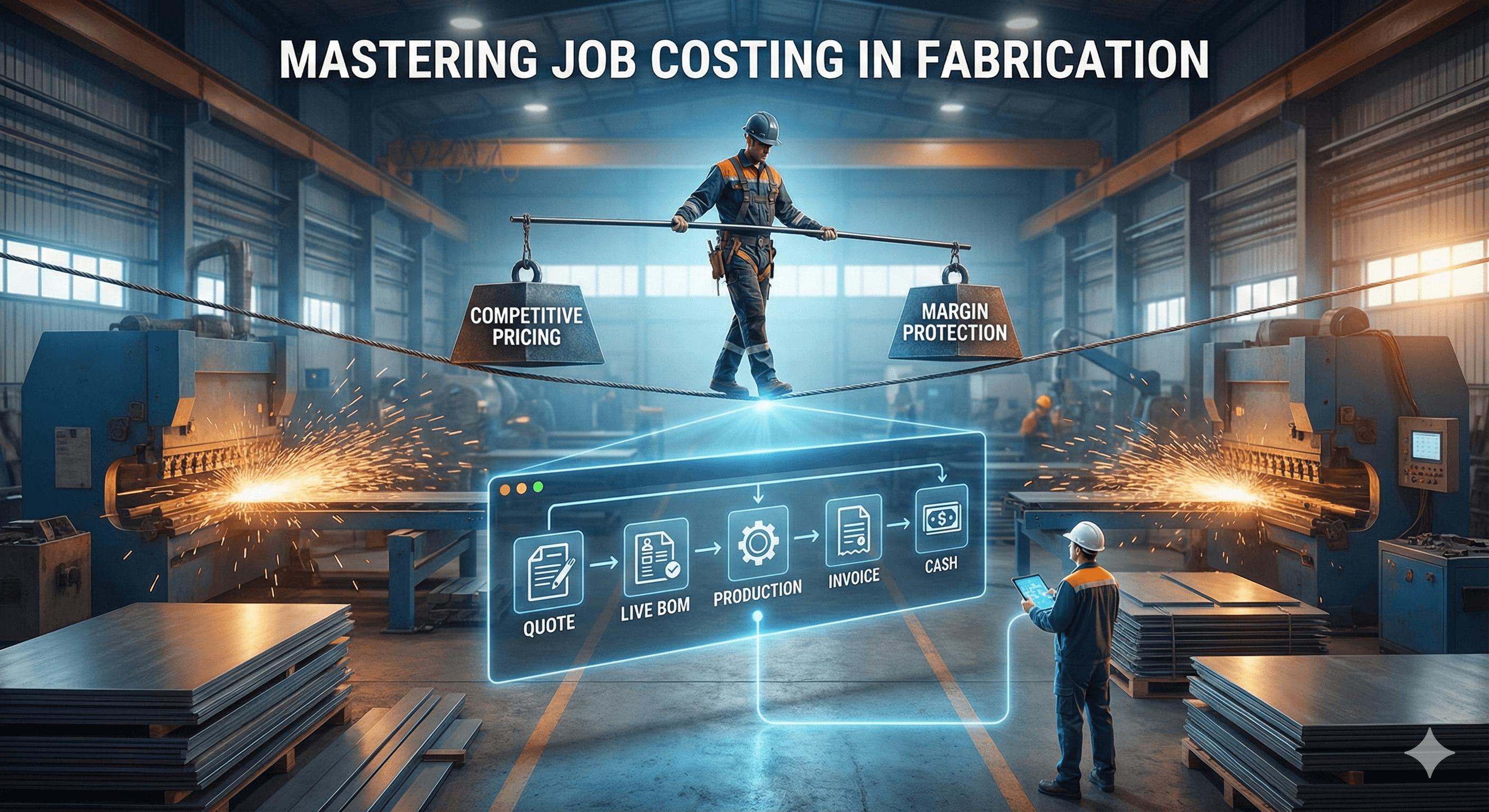Choosing between finite and infinite scheduling isn’t just a technical decision—it’s a strategic one. Each approach has its strengths and pitfalls depending on your shop’s complexity and customer demands.
Understanding the Difference
– Infinite Scheduling: Starts with the due date and works backward, assuming unlimited capacity.
– Finite Scheduling: Starts from available capacity and schedules forward based on real constraints.

When Infinite Works
Infinite scheduling is best for environments where hitting customer deadlines is non-negotiable. It forces your plan to align with promised dates—but risks overcommitting resources.
When Finite Wins
Finite scheduling shines in resource-constrained shops where efficiency and flow matter most. It respects machine and labor availability and helps balance workload.
The Hybrid Approach
In practice, most manufacturers benefit from a hybrid model. You can plan infinite schedules for sales visibility while using finite constraints for execution. This allows you to promise realistically and deliver predictably.
MIE Trak Pro’s scheduler lets you toggle between both modes and visualize conflicts, dependencies, and what-if scenarios—giving you the best of both worlds.
Conclusion
There’s no universal answer. The key is using a system flexible enough to support how you run your shop today—and how you want to run it tomorrow.



